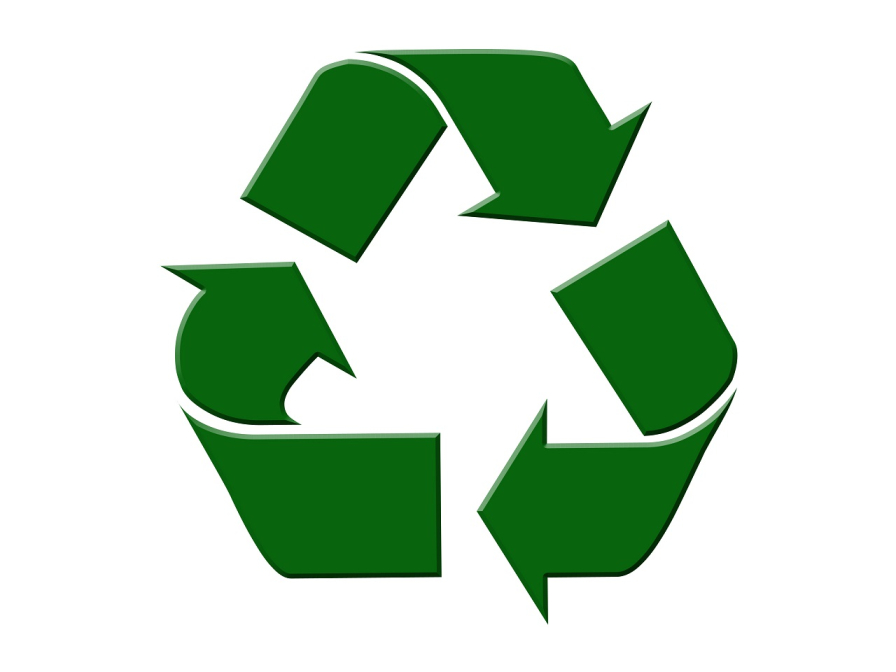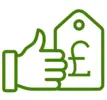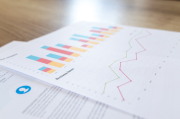In The News: On-Pack Recycling Label scheme
- By Ian Barnes
- 30 Sep 2019

In The News: Our Look at the Top Recycling Stories Making the Headlines
Proctor and Gamble Joins the Fight Against Confusing Recycling Labels
The consumer goods giant Proctor and Gamble has signed up to the On-Pack Recycling Label scheme (OPRL) which aims to give consumers clear and concise instructions on whether packaging can be recycled and how to recycle it. The overall goal of the scheme is to reduce waste and save valuable materials from landfill.
As many of the items we use regularly are manufactured by P&G, the company hopes that its efforts will have a big impact on recycling rates, and on its own drive to make sure that 100% of its product packaging is recyclable or reusable by 2030.
Recent research found that even though most people look at labels to see if the packaging can be recycled, over half still throw away at least one item every day that could have been recycled.
P&G say that its homecare and fabric softener brands will contain the clearer on-pack recycling label by 2020. It’s aim, and the aim of the OPRL scheme, is to make sure consumers are given a consistent, and less confusing message.
The recycling symbols you can expect to see
These are the common recycling symbols you can find on packaging. But because recycling collections and rules vary from one local authority to another, the symbol indicates whether the item is recyclable in most areas, and it’s still a good idea to check exactly what is accepted in your area.

Recycling Symbols
Widely Recycled
You’ll see this on items that are commonly recycled, such as plastic bottles, which are accepted for collection by 75% of local authorities in the UK.
Widely Recycled – Rinse
You’ll see this on food packaging, such as ready meal trays. Rinsing the packaging before recycling minimises the risk of contamination and attracting pests.
Widely Recycled - Rinse, Lid On
You might see this on items like glass jars. Keep the lid on, even if it’s metal. The metal gets separated during processing anyway.
Widely Recycled - Flatten, Cap On
This is commonly seen on plastic bottles and cartons. Flattening the packaging means you can fit more in your recycling bin and it makes transporting the materials to facilities much more efficient. Keeping the cap on a plastic bottle will prevent other materials from getting inside of the bottles and contaminating the material.
Widely Recycled, Sleeve - Not Yet Recycled
When it comes to sleeves on packaging, if it’s paper or cardboard it can usually be recycled. If the sleeve is not recycled, it should go in your general waste bin. If there are no instructions for the sleeve, leave it on and it will probably be removed during processing anyway.
Widely Recycled at Recycling Centres
You might see this on items like paint cans. Check on your local council’s website to see exactly what can be recycled at its recycling centres.
Widely Recycled at Recycling Points
You might see this on items like Tetra Paks.
Recycle with Bags at Larger Stores
Many supermarkets now have collection points for carrier bags, and you can also take some types of plastic film to be recycled here too.
Check Locally
If you see this on the label, it means that the item is collected for recycling by 20-75% of councils in the UK, but you need to check with your council to see if it’s accepted in your area. This applies to some types of plastic items like yoghurt pots.
Not Yet Recycled
You’re likely to see this symbol on items like crisp packets that are accepted by less than 20% of councils for recycling.
Other recycling symbols to look for
The Green Dot
This does not really tell you anything about whether an item is recyclable/has been recycled, it just indicates that the manufacturer has financially contributed towards the recycling and recovery of the packaging.
Mobius Loop
This means that the items is recyclable, but doesn’t tell you whether they item will be accepted for recycling. You might see this symbol alongside information which tells you what percentage of the packaging is made from recycled material.
Plastic resin codes
If you see arrows surrounding a number from 1-7, this is what’s called a plastic resin code. This tells you what type of plastic resin has been used to make the packaging.
Glass
This tells you to recycle glass items either in a bottle bank (remembering to separate them by colour) or in your household recycling bin or box.
Recyclable aluminium
This tells you that the packaging is made from recyclable aluminium. Aluminium is one of the most recyclable materials that exists.
Recyclable steel
This indicates that an item is made from steel. All councils accept steel cans for recycling, though other steel and metal items may need to be taken to a local recycling centre.
Tidyman
Most people will have seen this, especially if you’re partial to chewing gum. This symbol is from Keep Britain Tidy and it reminds you to dispose of your litter responsibly.
Electrical waste
This indicates that an item should not be put into your general waste bin and must be disposed of correctly. There are strict regulations around electrical waste.
Compostable
You may see a seedling logo on a compostable item. Don’t put compostable plastics into your recycling with other types of plastics as it can cause contamination. Put compostable plastics in with your garden waste.
Paper, card and wood
If you see The Forest Stewardship Council (FSC) logo, it means that the item is made from wood from a sustainably managed forest.














